Planning a trip to Hawaii can feel like diving into a sea of information. With so many islands to choose from, countless activities, and tips scattered across the internet, it’s easy to feel overwhelmed. To simplify your planning process, I’ve created this comprehensive Hawaii Travel Guide, packed with everything you need to know for your first visit to these stunning islands!
Choosing Your Perfect Island
The first big decision is often the most exciting: which Hawaiian island should you visit? Each island offers a unique flavor and experience, and honestly, I could dedicate an entire series of articles to detailing the wonders of each. Having explored Oahu, Maui, and the Big Island, I’m continuously amazed by their diversity. To help you pinpoint the perfect island (or islands!) for your dream vacation, I recommend checking out my detailed guide:
Which Hawaiian Island is Right for You? A Detailed Island Comparison
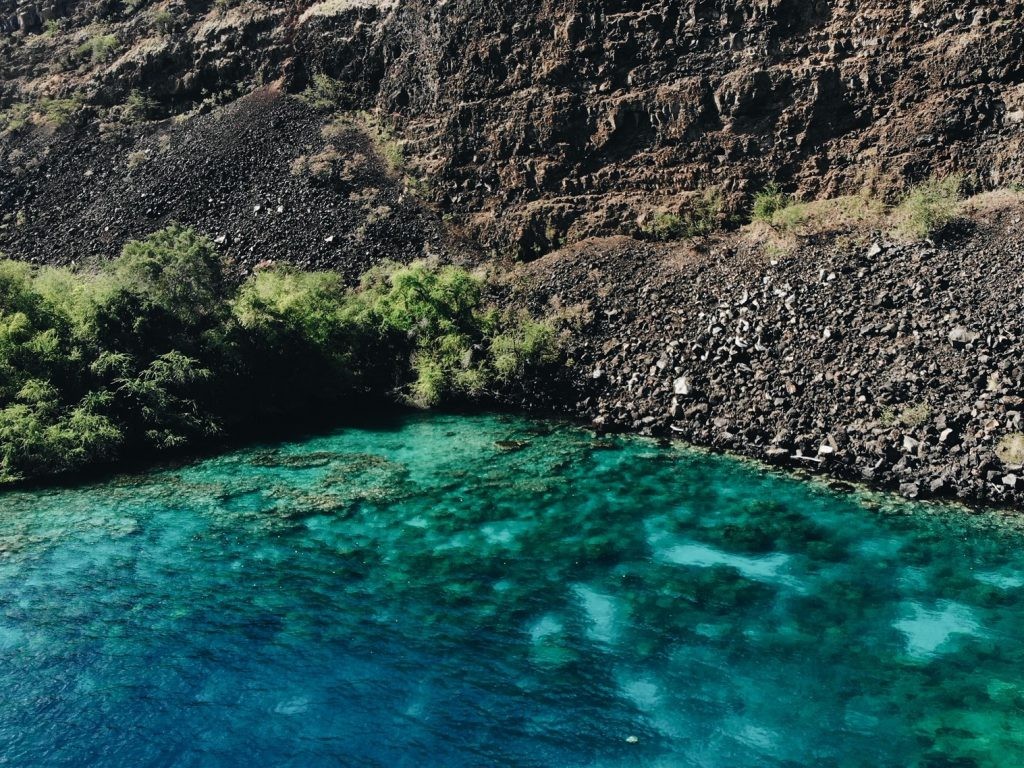 Snorkeling in clear Hawaiian waters
Snorkeling in clear Hawaiian waters
Your Go-To Hawaii Travel Resource
Once you’ve narrowed down your island choice, it’s time to dive into the specifics of planning your trip. This Hawaii travel guide is designed to be your all-in-one resource, covering everything from initial planning stages and booking flights to navigating inter-island travel, finding the perfect accommodation, and uncovering essential insider tips. Feel free to read through the entire guide or jump directly to the sections that are most relevant to your current planning needs:
Essential Hawaii Travel Planning Sections:
- Getting to Hawaii: Flights and entry requirements
- Accommodation in Hawaii: Finding the best places to stay
- Hawaii Travel Tips & Tricks: Making the most of your trip
Keep in mind that while these islands share a Hawaiian spirit, each one has its own unique character. This guide is based on my personal experiences exploring Oahu, Maui, and the Big Island, providing insights applicable across these popular destinations.
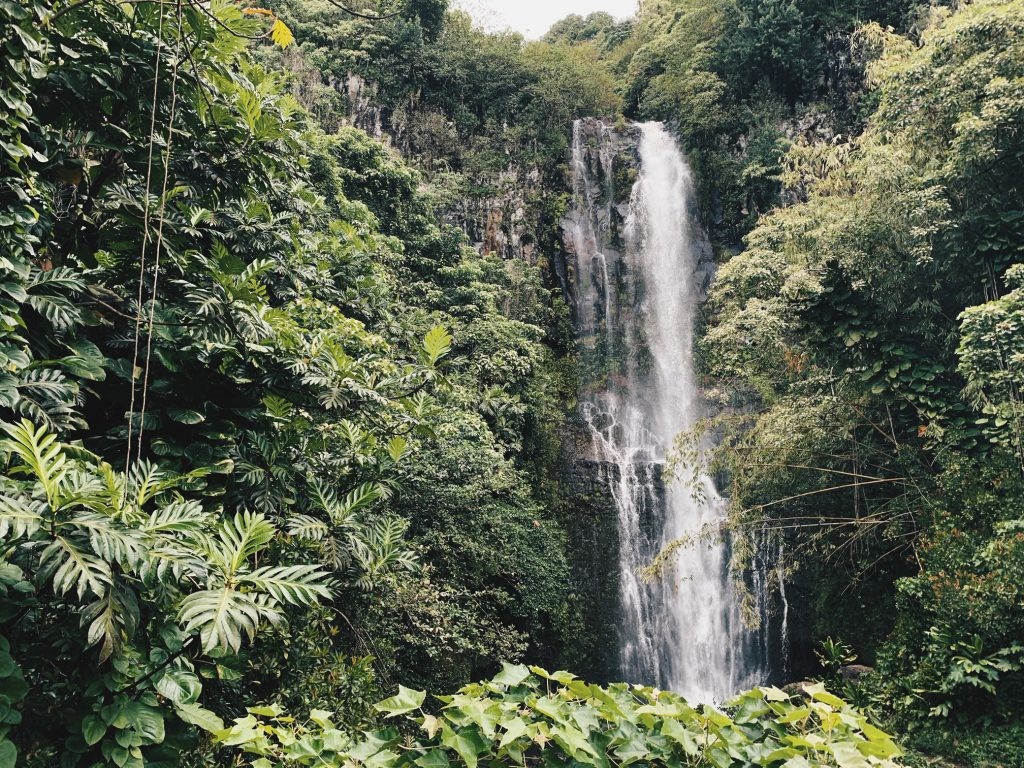 Scenic waterfall along the Road to Hana, Maui
Scenic waterfall along the Road to Hana, Maui
Getting to Hawaii: Flights and Entry Essentials
Island Hopping and Flight Options
Hawaii, while comprised of many smaller islets, boasts six major islands that are popular with visitors: Oahu, Maui, Big Island (Hawaii), Kauai, Molokai, and Lanai.
Reaching these island paradises is primarily done by air. While flights can be lengthy and may involve layovers, the journey is well worth it. On my first trip, I flew with Hawaiian Airlines to Oahu and later departed from the US mainland with United Airlines. Both airlines provided satisfactory service, but Hawaiian Airlines certainly stood out with its authentic tropical vibe, setting the mood right from the start.
For island hopping, air travel is also the most convenient way to get around. Inter-island flights are frequent and relatively affordable, often starting around $60. Ferries operate between Maui and Lanai, but I haven’t personally experienced this mode of transport.
Visa and Entry Requirements for Hawaii
As Hawaii is a state within the United States, US entry regulations apply. For many travelers, this means you’ll be eligible to apply for an ESTA (Electronic System for Travel Authorization). The ESTA is an online security check that allows citizens of currently 40 countries to enter the US for tourism or business without needing a visa.
The ESTA application process is straightforward, though it requires careful completion of all fields. The application fee is $21. After submission, you’ll typically receive an email within 72 hours confirming your application status. It’s crucial to apply for your ESTA at least 72 hours before your departure to ensure timely processing.
For detailed information on ESTA eligibility and the application process, please visit the official ESTA government website.
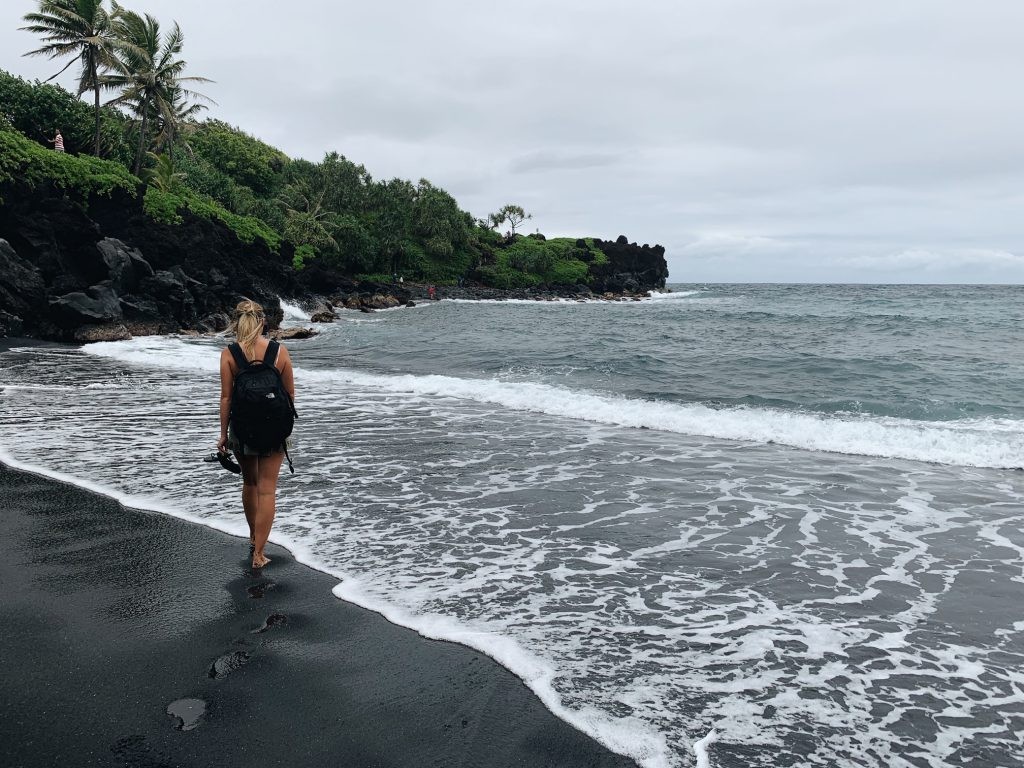 Black sand beach at Waianapanapa State Park, Maui
Black sand beach at Waianapanapa State Park, Maui
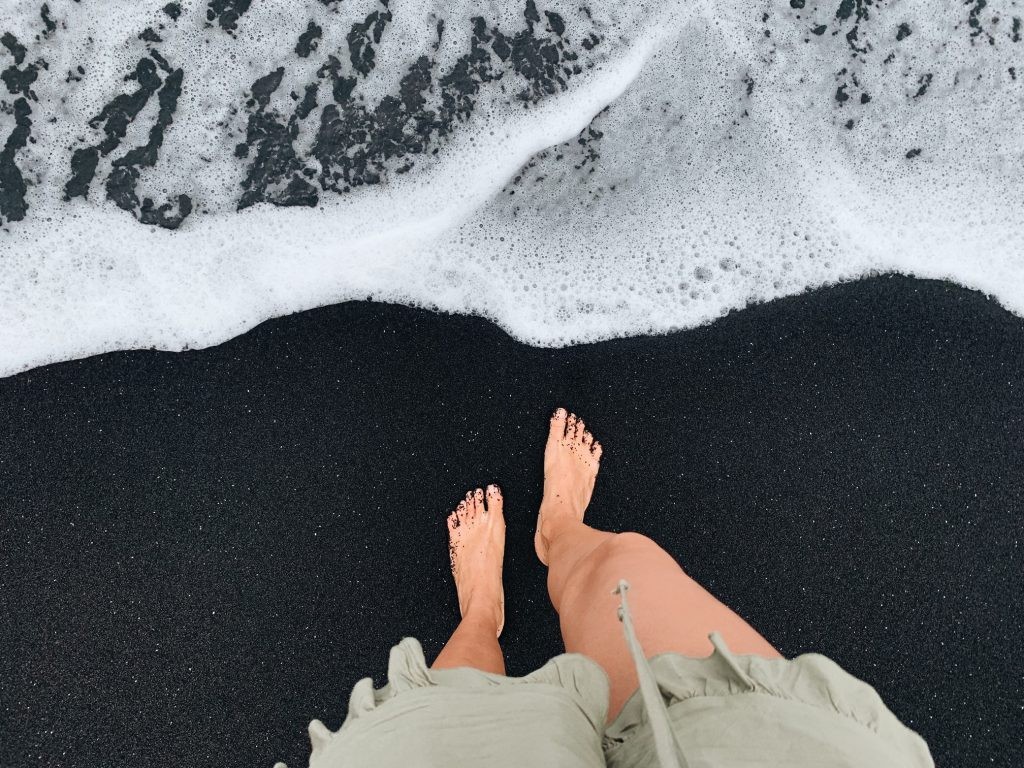 Unique black sand formations at Waianapanapa beach, Hawaii
Unique black sand formations at Waianapanapa beach, Hawaii
Best Time to Visit Hawaii & Weather Considerations
If you love sunshine, you’re in for a treat! Hawaii enjoys warm, sunny weather almost all year round. While winters can be slightly cooler and may bring more rain, the weather is generally pleasant. Even during brief rain showers on one part of an island, you can often drive to another area bathed in sunshine.
My visits in late April and early May were ideal. The weather was perfect for beach days, and early morning hikes were comfortable. Plus, the islands were less crowded compared to the peak summer and winter holiday seasons. During peak times, expect higher accommodation prices and busier attractions.
What to Pack for Your Hawaiian Getaway
Your Hawaii packing list will depend a bit on the season, but generally, think summer vacation! Pack light, breathable clothing like sundresses, shorts, and t-shirts, and of course, swimwear. Beyond the usual summer essentials, consider bringing these items specifically for Hawaii:
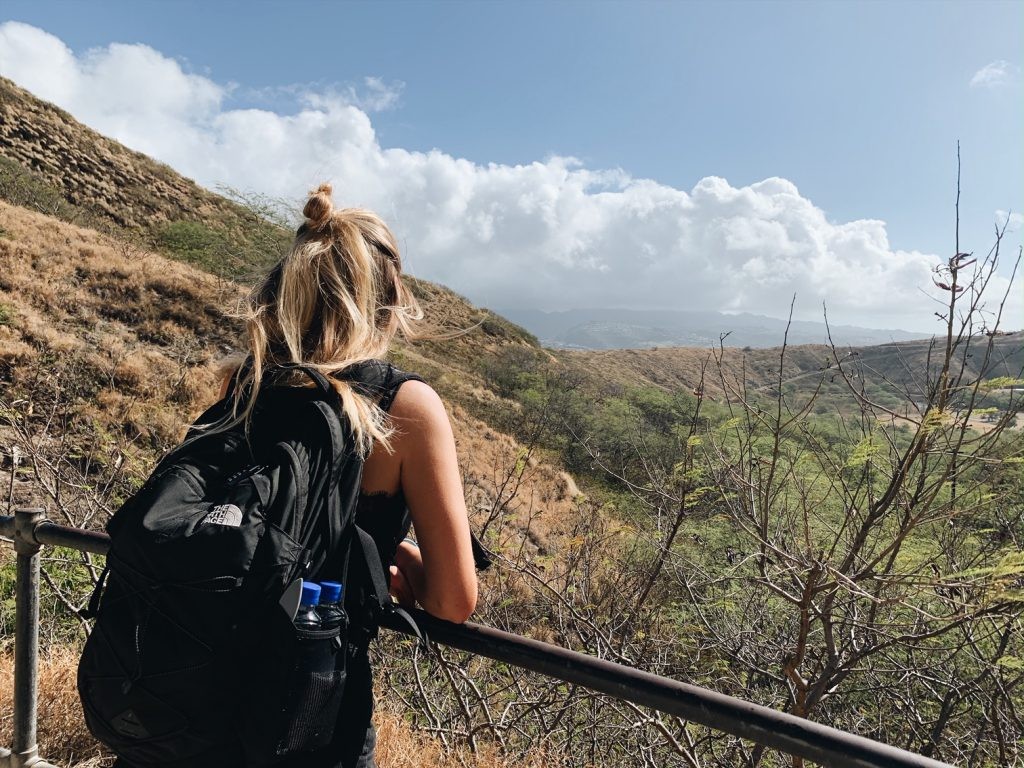 Traveler enjoying the view from Diamond Head, Oahu
Traveler enjoying the view from Diamond Head, Oahu
Accommodation in Hawaii: Finding Your Perfect Stay
Must-Do Activities and Sights in Hawaii
The “must-see” attractions will vary depending on the island you choose to explore. Having personally experienced the diverse landscapes of Oahu, Maui, and Big Island, I can attest to the unique magic each holds. Each island offers a distinct set of adventures and sceneries, contributing to Hawaii’s undeniable appeal.
To keep this Hawaii travel guide concise, I won’t detail every highlight here. However, to assist in crafting your itinerary, I’ve created dedicated blog posts for each island, showcasing my favorite spots on Oahu, Maui, and the Big Island. These guides are excellent resources for in-depth island-specific recommendations.
Accommodation Options for Every Budget
It’s no secret that Hawaii isn’t a budget destination. If it were, I might have already moved there myself! Fortunately, the islands offer a wide array of accommodation options to suit various budgets and preferences. From luxurious resorts and comfortable hotels to vacation rentals like Airbnbs, budget-friendly hostels, and even campgrounds for the adventurous, there’s something for everyone.
During my travels, I experimented with different types of accommodations. Camping in Hawaii was an experience, but I ultimately leaned towards the convenience and social atmosphere of hostels and the comfort of budget-friendly hotels with pools. Each accommodation style has its own pros and cons. Determine your budget and explore the options to find the best fit for your Hawaii adventure! (More on budgeting for Hawaii coming up.)
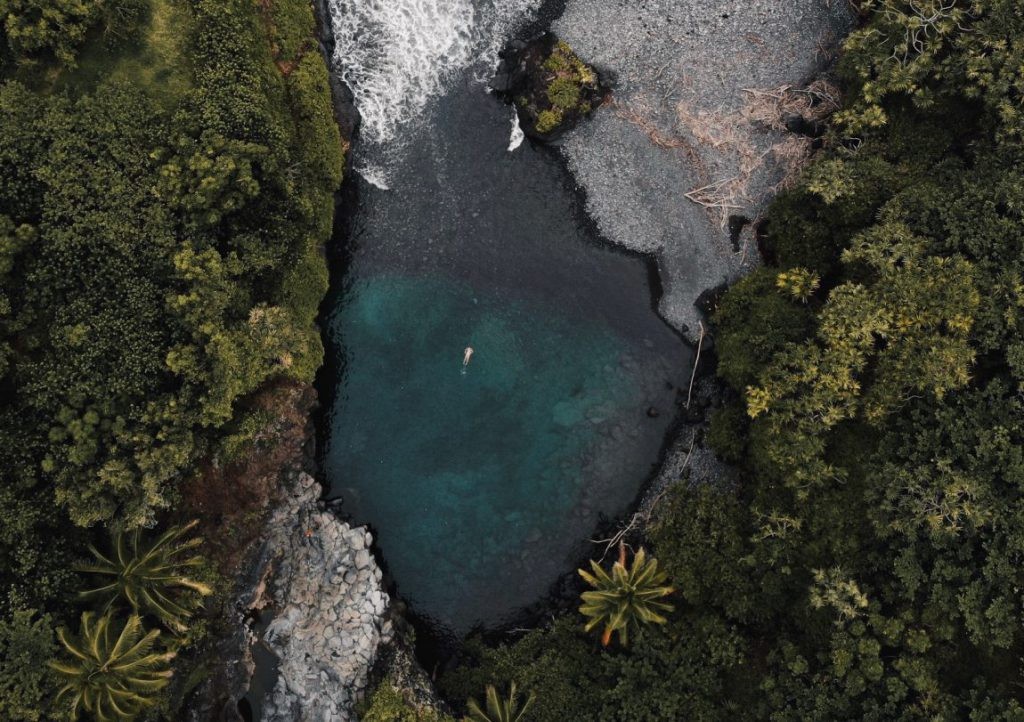 Scenic Venus Pools in Maui, Hawaii
Scenic Venus Pools in Maui, Hawaii
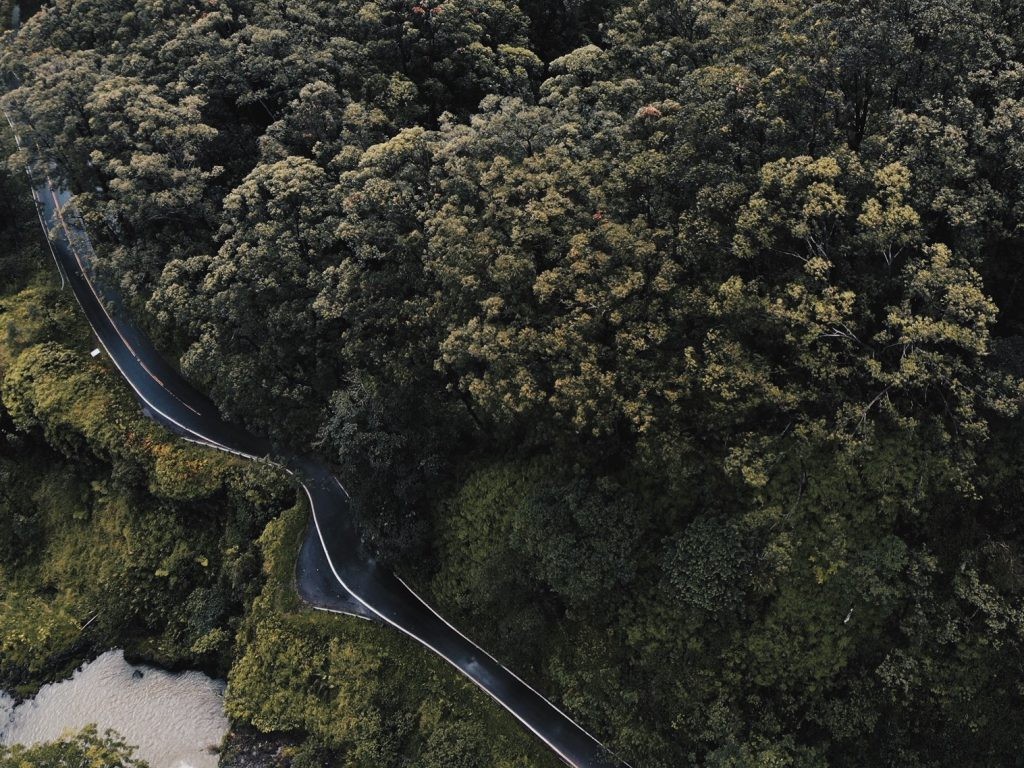 Aerial view of the winding Road to Hana, Maui, Hawaii travel inspiration
Aerial view of the winding Road to Hana, Maui, Hawaii travel inspiration
Getting Around Hawaii: Transportation Tips
I strongly recommend renting a car on every Hawaiian island you visit. It provides unparalleled freedom to explore at your own pace and reach those off-the-beaten-path gems. A rental car also opens up opportunities like driving the iconic Road to Hana in Maui, truly one of my top Maui highlights. Dedicate a day to this scenic drive to discover breathtaking vistas and hidden treasures.
If renting a car isn’t your preference, consider bus tours to see the main attractions. Alternatively, ride-sharing services like Uber and Lyft are available on most islands, offering convenient point-to-point transportation.
Hawaiian Food & Drink Scene
Food lovers, rejoice! Hawaii is a culinary paradise and definitely a major reason to add it to your bucket list. From charming local eateries and health-conscious cafes to the ubiquitous and delicious food trucks, Hawaii’s food scene is vibrant and diverse.
During my island hopping, I noticed some culinary staples everywhere: poke bowls (of course!), refreshing acai bowls, sweet banana bread, and shave ice for a cool treat. But the variety extends far beyond these classics! I enjoyed massive hummus salads, flavorful vegan pastas, healthy noodle bowls, and even authentic Indian food at a local night market. Truly, Hawaii caters to every palate and dietary need.
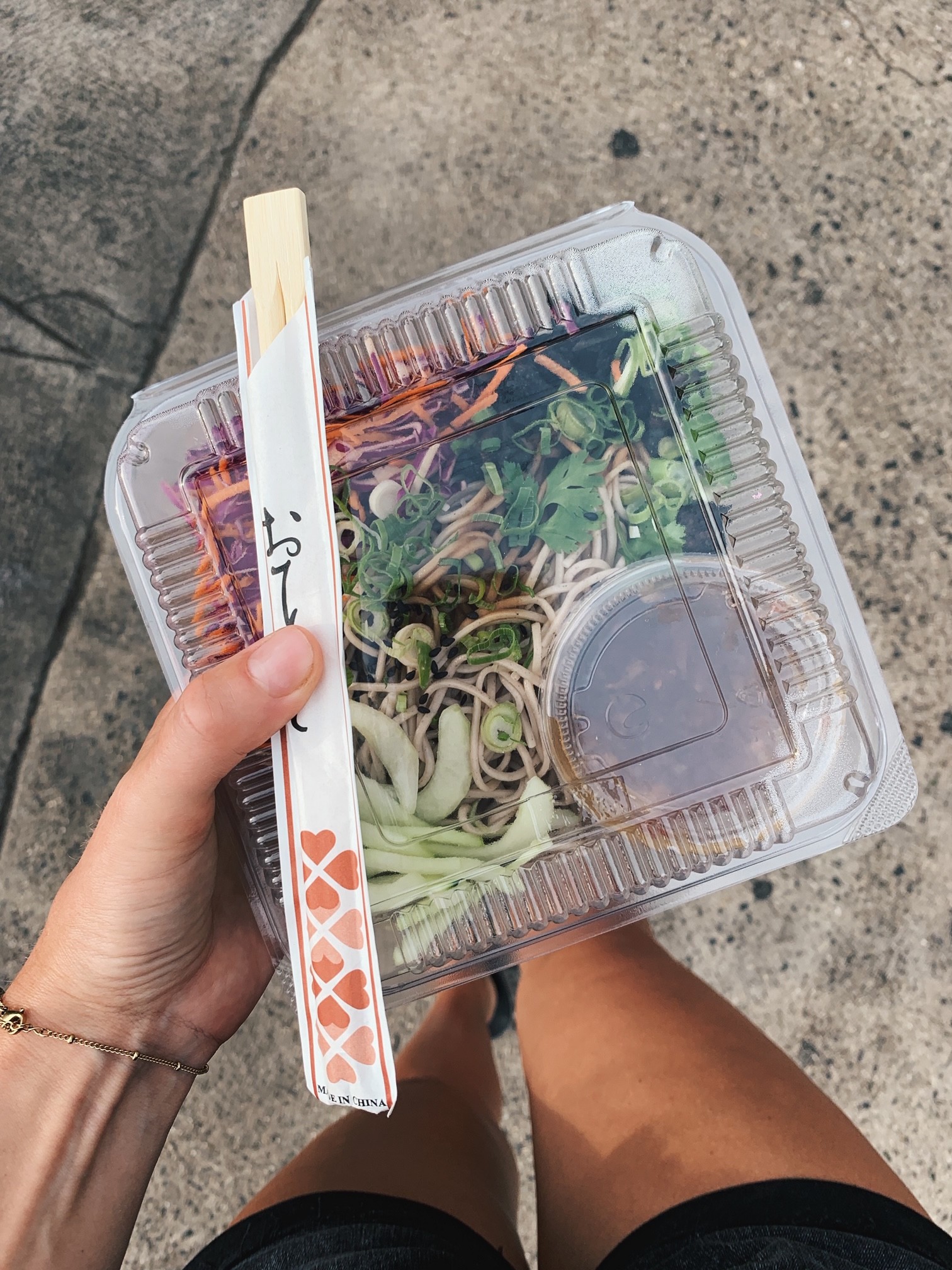 Delicious street food in Maui, Hawaii travel guide recommendation
Delicious street food in Maui, Hawaii travel guide recommendation
Useful Hawaii Travel Tips & Tricks
Currency, Costs, and Money Matters in Hawaii
Money questions always come up when planning a Hawaii trip, so let’s address them in this Hawaii travel guide! The official currency is the US dollar (USD / $).
Despite being a tropical paradise, Hawaii is part of the United States, meaning things are generally well-organized and efficient. A prime example is the easy access to ATMs. Unlike some remote islands with limited ATM availability (like Curacao), Hawaii has ATMs everywhere, even drive-thru ATMs!
As mentioned earlier, Hawaii is not a cheap destination. Generally, expect prices to be somewhat (or significantly) higher than on the US mainland. This applies to accommodation, groceries, and many other things. Some items can easily cost two to three times more than on the mainland. Factor in tourist taxes as well when budgeting. Depending on your travel style, a few weeks in Hawaii can easily amount to several thousand dollars.
Fortunately, there are ways to manage costs. Choosing budget-friendly accommodation (affordable hotels, hostels, or campgrounds) is a great start. Discover more of my money-saving tips for Hawaii here!
Language in Hawaii
The official languages of Hawaii are English and Hawaiian (‘Ōlelo Hawai‘i). While you can easily navigate using English, it’s wonderful to see and hear Hawaiian words throughout the islands. Common words you’ll encounter include aloha (hello or goodbye), honu (turtle), and poke (diced fish, a Hawaiian specialty).
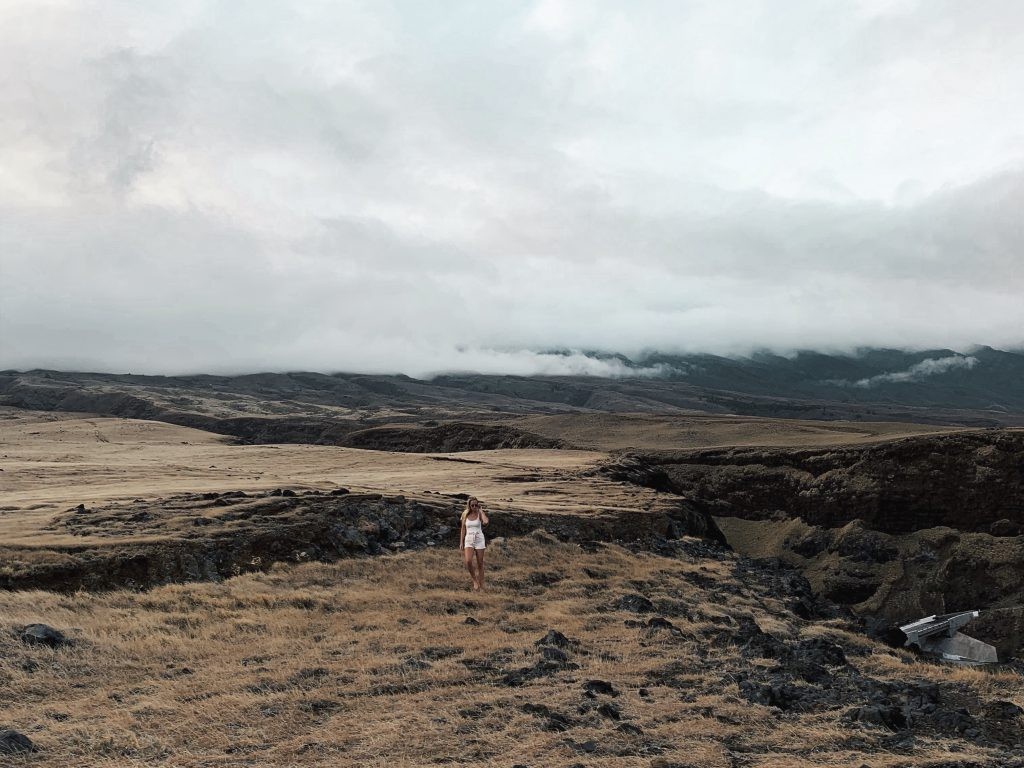 Scenic South Coast of Maui, Hawaii
Scenic South Coast of Maui, Hawaii
Health and Vaccinations for Hawaii
Some sources suggest vaccinations like Hepatitis A & B and Rabies for Hawaii travel, along with routine vaccines like influenza. However, vaccination recommendations can vary. Always consult with a healthcare professional to determine if any specific vaccinations are advisable for you based on your individual health and travel plans.
Staying Connected: Internet Access in Hawaii
No Hawaii travel guide is complete without mentioning internet access! Overall, I found internet connectivity to be quite good across Oahu, Maui, and Big Island. Most accommodations offer (free) Wi-Fi, and many restaurants do as well.
If you’re a frequent internet user, perhaps for planning your days on the go or sharing your adventures on social media (guilty!), consider getting a local SIM card. I purchased one from AT&T for around $50, which included ample data and call minutes and proved very useful. Setting it up as a tourist was hassle-free, unlike my experiences on the mainland.
Mobile coverage was generally reliable, though it can fluctuate depending on your location. I experienced some connectivity issues, particularly along the Road to Hana in Maui. If you’re planning this drive, it’s wise to finalize your route and download any necessary offline maps beforehand.
That covers the essential information I wish I had known when planning my first trip to these incredible islands! With this comprehensive Hawaii travel guide, you’re well-prepared to explore the beauty of Hawaii. I’d love to hear which islands you plan to visit and what your experiences are. I know I’m already dreaming of my return!
Please note: Some links in this post are affiliate links. This means I may earn a small commission on any purchases made through these links, at no extra cost to you. This helps me continue to create valuable content for you. Of course, you are welcome to use any links you prefer.
Save This Post for Your Hawaii Trip Planning!
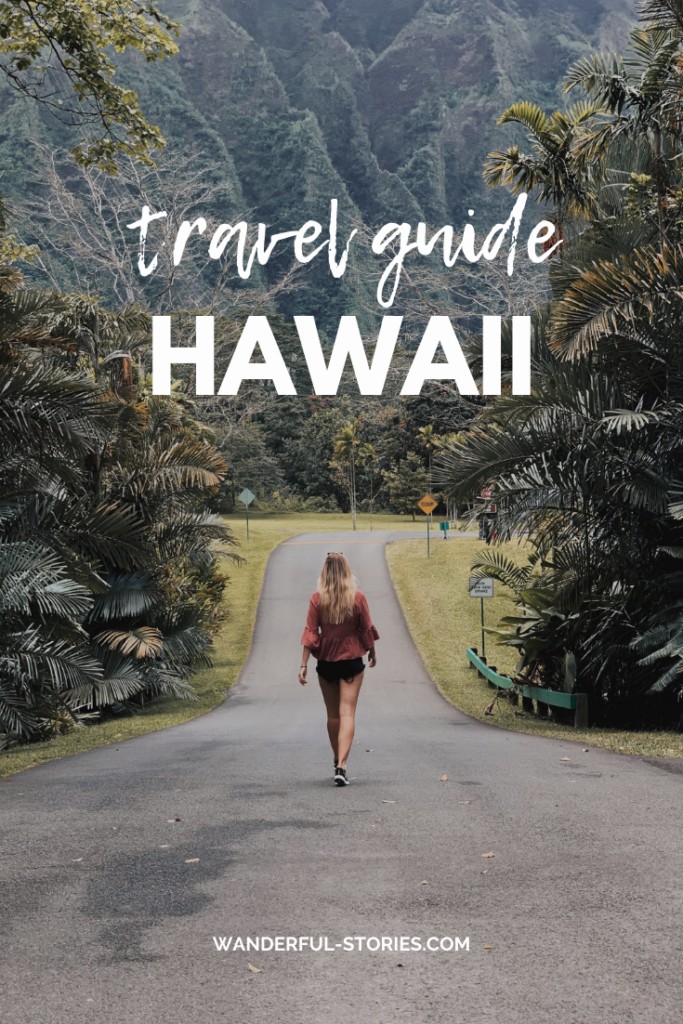 Hawaii Travel Guide Pinterest Pin 1
Hawaii Travel Guide Pinterest Pin 1
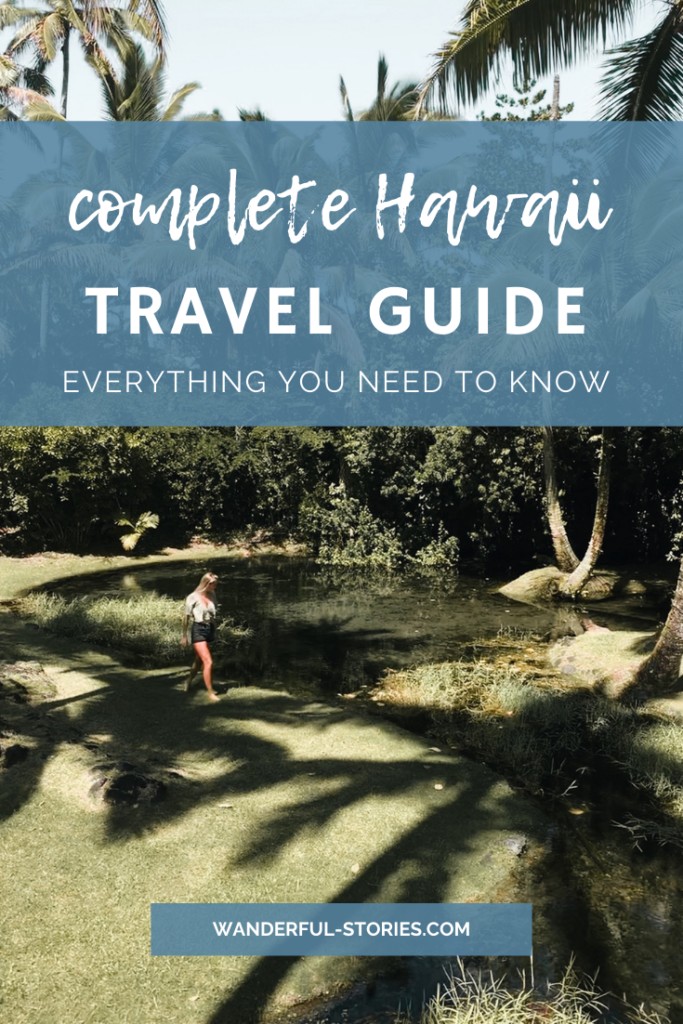 Hawaii Travel Guide Pinterest Pin 2
Hawaii Travel Guide Pinterest Pin 2
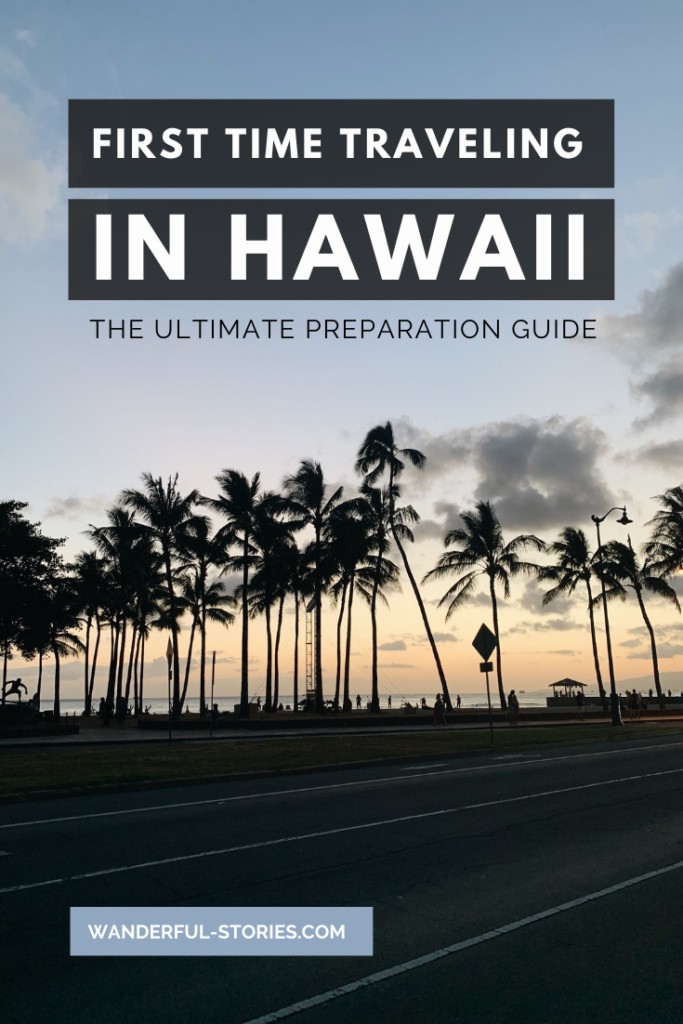 Hawaii Travel Guide Pinterest Pin 3
Hawaii Travel Guide Pinterest Pin 3
You Might Also Enjoy These Hawaii Articles:
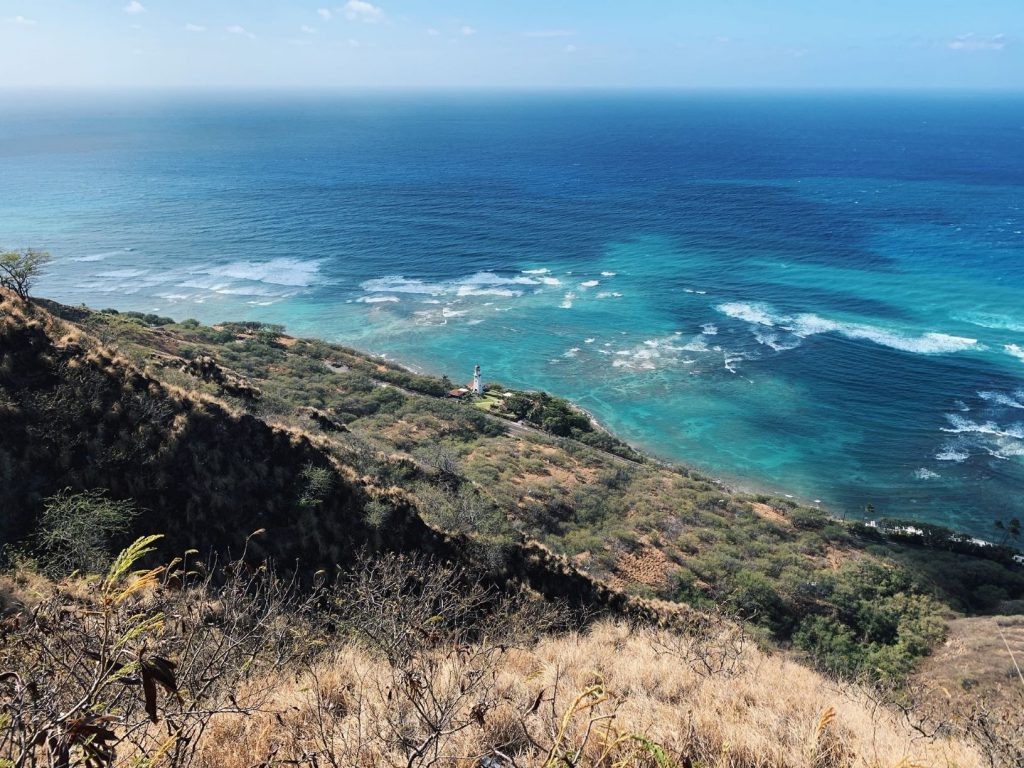 Diamond Head Hike in Oahu3 Days in Oahu: The Ultimate Highlights Itinerary
Diamond Head Hike in Oahu3 Days in Oahu: The Ultimate Highlights Itinerary
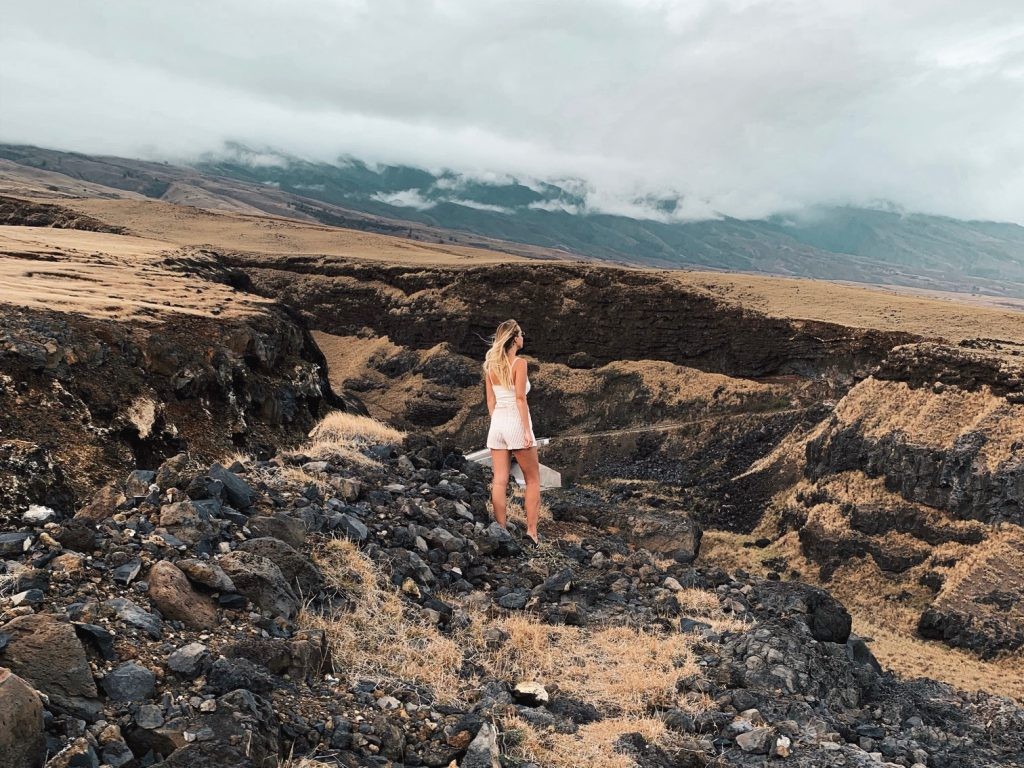 10 Ultimate Highlights in Maui, Hawaii
10 Ultimate Highlights in Maui, Hawaii